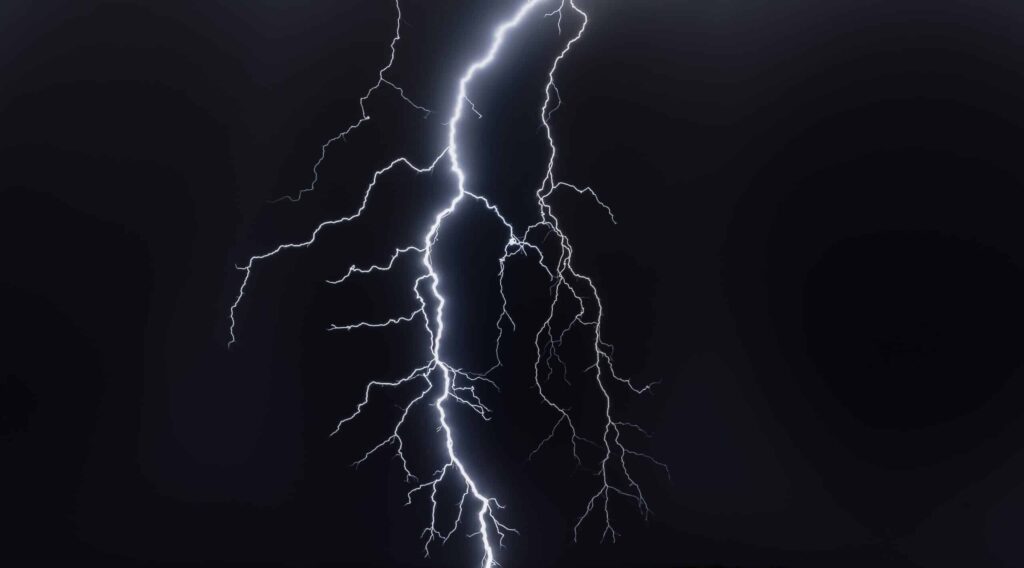
They say that lightning never strikes twice, but even once can leave a lasting impact on the lives it touches. Among the many wonders and mysteries of nature, lightning stands out as an awe-inspiring and dangerous phenomenon. In the blink of an eye, it can transform the familiar landscape of our backyards into a testament to the tremendous power of nature. In this blog post, we’ll explore the electrifying tale of a yard tree struck by lightning, revealing the science behind this extraordinary event and its effects on the tree and its surroundings.
It was a typical summer evening, with the sun setting in a blaze of colors, casting long shadows across the yard. The first rumblings of thunder could be heard in the distance, indicating a storm was approaching. As the storm drew nearer, the wind picked up, and the first raindrops began to fall, bringing with them the unmistakable scent of an impending downpour.
Suddenly, there was a brilliant flash of light, followed by a loud crack that shook the ground. In that instant, the tree in the yard became the unwilling recipient of a lightning strike. As the energy coursed through its trunk and branches, the tree was forever changed, bearing the scars of this incredible force.
Lightning is a natural electricity discharge during thunderstorms when electrical charges build up in the atmosphere. As the storm clouds grow, so does the electrical potential between them and the ground. Eventually, the difference in electrical potential becomes so great that the air between the cloud and the soil breaks down, resulting in the rapid discharge of electricity we call lightning.
When lightning strikes a tree, the electrical current follows the path of least resistance, typically through the tree’s moisture-filled tissues. As the current passes, the water in the tree’s cells rapidly heats up, turning to steam and causing the cells to expand. This can lead to the tree exploding from the inside out, as the steam forces the bark and wood to split apart.
The tree in our story faced a long road to recovery in the wake of a lightning strike. While some trees can withstand a strike with minor damage, others may not be so fortunate. The extent of the damage depends on several factors, including the intensity of the lightning bolt, the tree’s moisture content, and overall health.
The tree in our tale had several large limbs blown off, with a distinct crack running down its trunk. The bark along this crack was charred and peeling, revealing the exposed wood beneath. The leaves on the remaining branches were wilted and brown, a sign that the lightning had disrupted the tree’s vascular system.
In the following weeks, the tree’s true resilience began to show. New leaves sprouted from undamaged branches, and the crack in the trunk slowly began to heal. It was evident that the tree was fighting to survive, even as its damaged tissues continued to dry out and decay.
While the tree bore the brunt of the lightning strike, the impact was felt throughout the yard’s ecosystem. The fallen limbs became a food source and shelter for insects and decomposers, who would break down the wood and return its nutrients to the soil. The tree’s weakened state made it more susceptible to disease and pests, allowing other species to thrive.
Additionally, the tree’s diminished canopy allowed more sunlight to reach the ground, spurring the growth of new plants and altering the composition of the understory. Even as the tree struggled to recover, the yard around it was transforming, highlighting the interconnectedness of nature.
Joe Marra Tree Service provides emergency tree services in Oak Ridge, Oakland, Wayne, West Milford, Pompton Lakes, and Ringwood, NJ.
Call us if you need our help!
I hope you loved our article, and if you found it helpful, share this piece of content on your social media. Stay tuned, take care, and till next time!